
BALDUR’S GATE 3
For reasons that are pretty much already known to everyone that has delved into the RPG genre in these past 25 years , Baldur's Gate as a title, as a franchise, and even as an idea one would say, is a "sacred cow" in the gaming world. The above fact largely explains why the recent full release of Baldur's Gate 3 by Sven Winke's Larian Studios , 3 years after the game's Early Access release and 22 (!) full years after the release of the only expansion for Baldur's Gate 2, has created a buzz (to put it extremely mildly) that tends to reach every aspect of the gaming industry, from small-time or famous and established developers to the general public. Having finally played and finished the game, it's time to determine whether Baldur's Gate 3 manages to achieve its much-hyped goals or not.
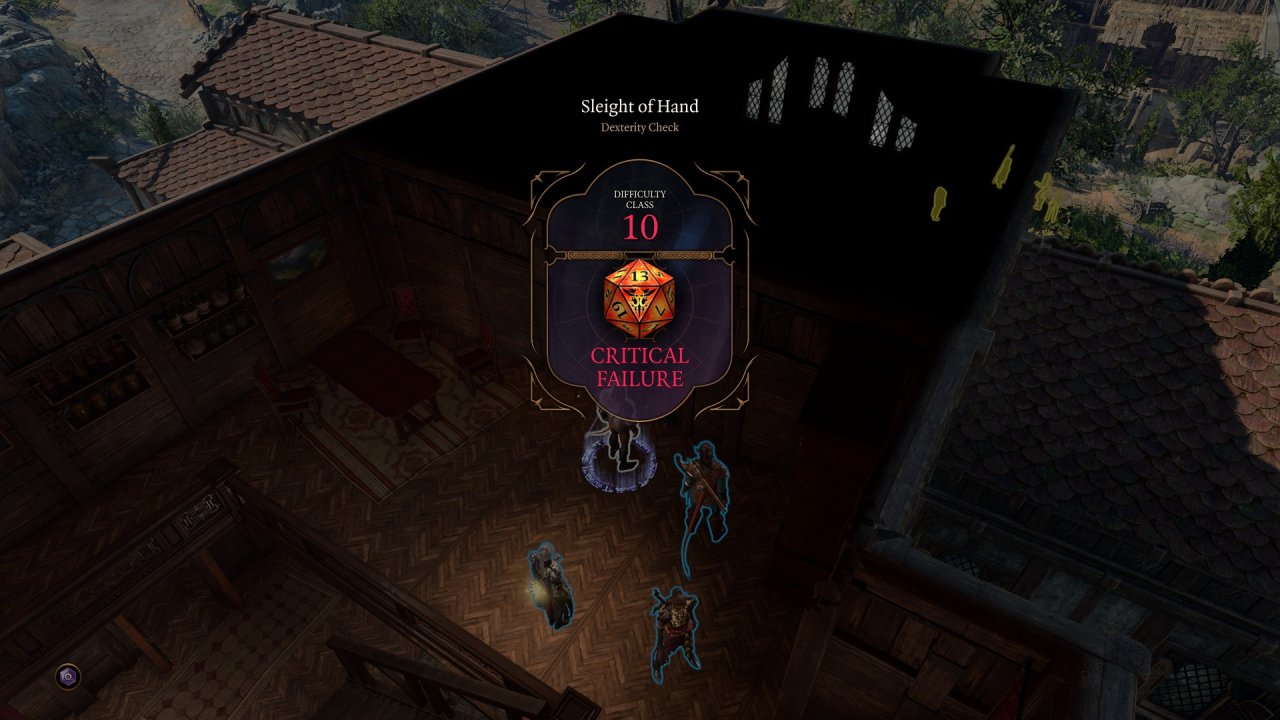
It's true that, at least theoretically, BG3 is a slightly to dramatically different game than its predecessors. We are, after all, as mentioned above, 22 years, after the last release in the franchise (I'm consciously choosing to ignore Beamdog's Enhanced Editions and expansions for this arguement), and the game is being created by a different developer (thankfully, one would say, given BioWare's latest ventures), with a different combat system (turn-based instead of the "classic" Real-Time-with-Pause), on a different engine (created on Larian's upgraded Divinity Engine instead of the "holy" Infinity Engine), and implementing a different D&D ruleset (from the 2nd Edition AD&D ruleset of BG1 and 2 we go to the 5th D&D edition). It's also a fact that if you ask 100 people "what is the most important and absolutely irreplaceable feature of the first Baldur's Gate games", you'll get about 101 different answers. Some will say the action taking place in western Faerun and the Sword Coast. Others will say the Bhaalspawn plotline. Others the RtwP combat system and/or the 2nd edition D&D rules, the well-written quests and equally well-written companion NPCs, and others the profound freedom the games offered players as a means to experience a pen-and-paper DnD session on their computers. Some more philosophical types might also mention the fact that they played these games when they were still carefree youngsters without worries, jobs, taxes, bills, children, divorces and family disputes over the boundaries of their crops fields. Given the above, Larian's BG3 definitely has some very big shoes to fill.
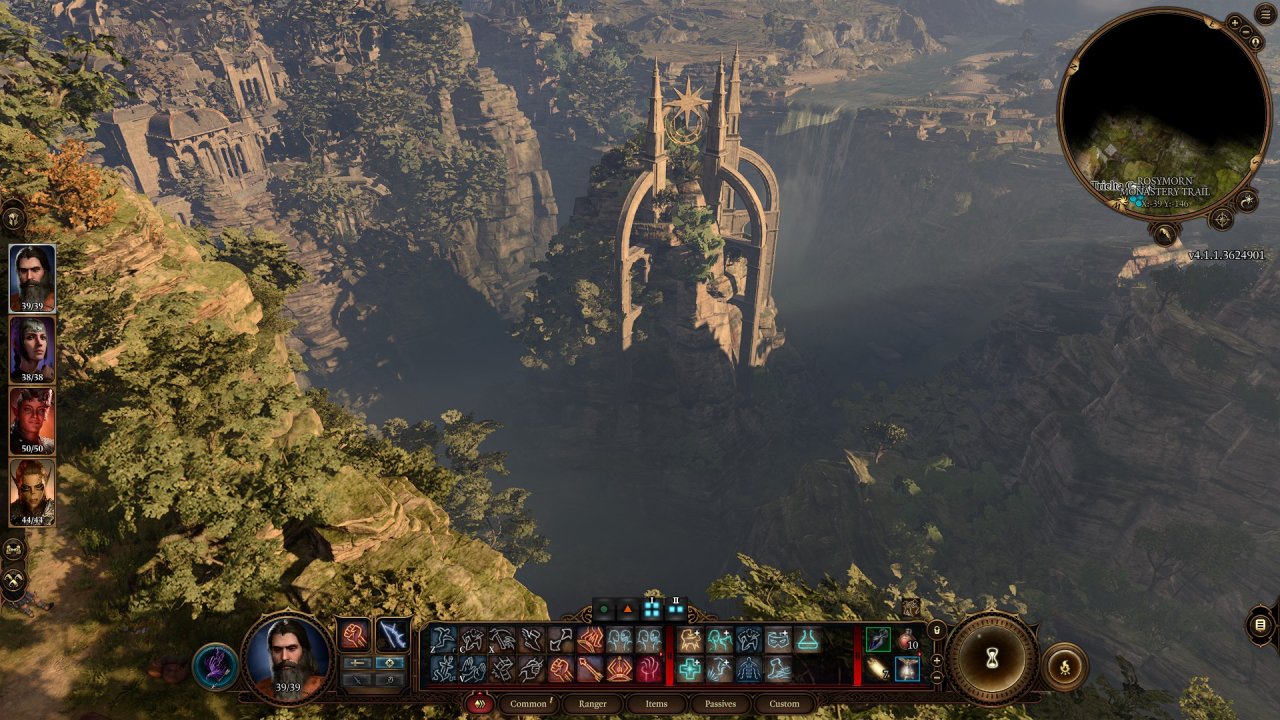
It's also true, however, that many of the most distinctive BG elements are found in a similar or 100% identical form in BG3. The game's events take place about 120 years after BG2, in western Faerun, in the lands surrounding the river Chiontar strethcing from the wilderness west of the city of Elturel (the setting of the book Descent into Avernus, which essentially functions as a prequel to BG3) all the way to the Sword Coast and the legendary city of Baldur's Gate itself. The Bhaalspawn plotline may not be in the foreground anymore, but it ends up indirectly affecting things in a way I won't go into to avoid spoilers. The same goes for established characters from the first BG games that show up in BG3 as well - apart from Minsc who was over-promoted by the developers in the months leading up to the game's release, there are many other well-known characters who reappear, and who, again, I won't delve into to avoid spoilers.
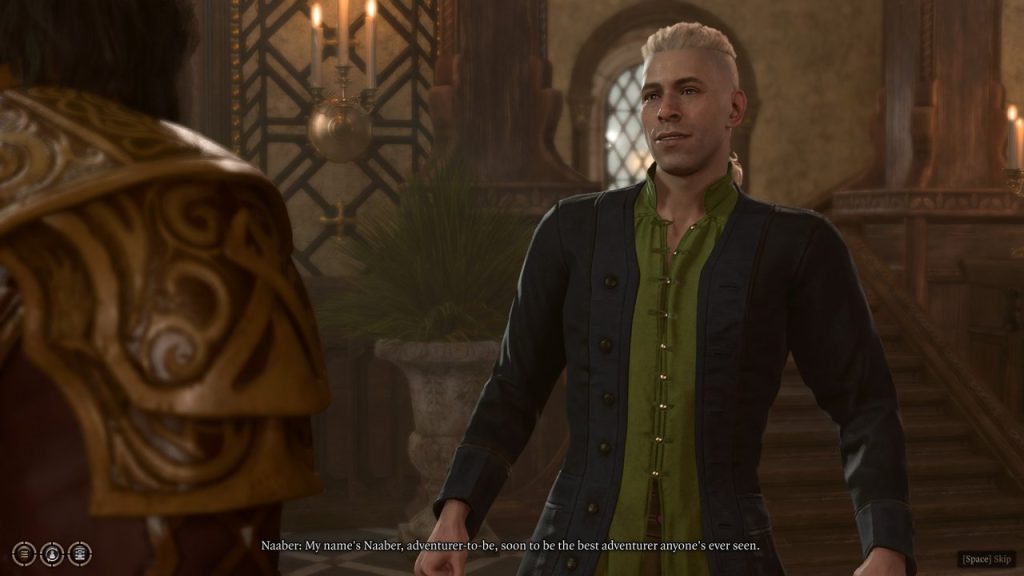
One concern that was raised many times, sometimes more and sometimes less elegantly, is that BG3 would end up looking more like "Original Sin 3" than a true Baldur's Gate sequel. This mainly has to do with the game's turn-based combat system (combined with the fully rotatable 3D camera seen in Larian's Original Sin games) but also with Larian's characteristically "whimsical" writing style. And the truth is that there are, mainly in the first Act of the game but also sporadically in the following ones, moments (only a few, thankfully) of cringe-inducing writing in the dialogues, without this of course affecting in the slightest the broader "dark" elements of the plot, which really take off after Act 1. When it comes to the combat system though, the concerns are 100% unfounded - crucify me as an unholy heretic if you want, but I do think that BG3's combat in general, both in terms of mechanics as well as tactics, is far superior to anything we saw in the first BG games, whether fighting simple trash mobs or even bosses. Now that I think about it, there aren't THAT many trash mobs in BG3 : 96% of the game's battles are set in a way that serves some meaningful purpose or other, and very rarely will players feel like they're "wasting time" in TB combat against unremarkable enemies that fill up the map just for the sake of having more stuff to kill.
Everyone is entitled to their opinion, obviously, but my personal conclusion from playing the game from start to finish (a little over 80 hours according to my final save file, about 100+ hours according to Steam) is that, aside from the obvious nostalgia factor, and given the almost complete absence of trash mobs, there is not a single meaningful gameplay or tactical reason to prefer the RTwP battles of BG1-2 over the TB implementation we see in BG3. And if someone asked me "what do you remember most vividly from the first BG games", "queueing attacks and then unpausing the game to watch my NPCs fight battles on their own" would most definitely NOT be one of the answers that first came to mind.
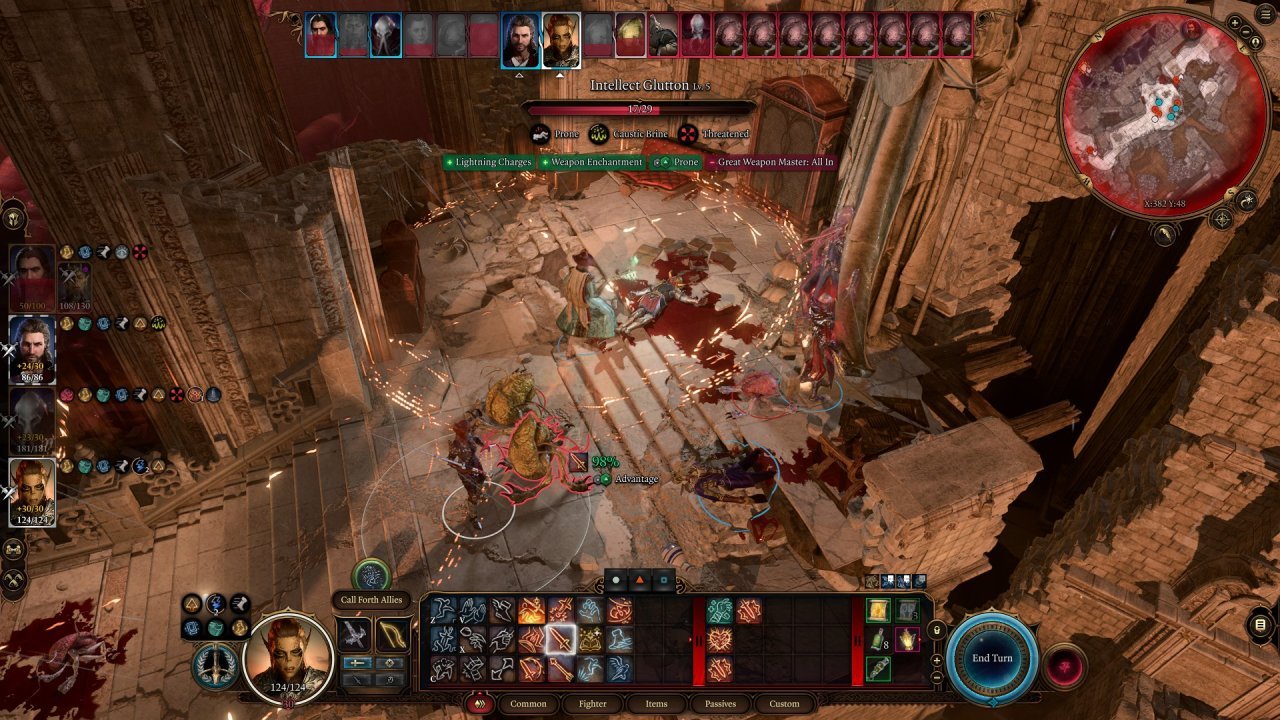
So we have the "right" location in the world, several appearances (and even more references, in in-game books or in dialogues) of characters and incidents from the first games, a different but 100% solid combat system, exceptionally dark atmosphere (with occasional light touches, of course, which do not tarnish the final result in any way)... All that remains is to add to the mix the excellent implementation of 5th edition DnD rules (slightly modified for greater player convenience, it's true, but it's a different medium and I'm not really sure if a more "hardcore" implementation of the pnp rules would contribute positively to the whole experience).
This last fact, combined with the other factors mentioned above, lead to one obvious conclussion: as bold and grandiose as it might sound, BG3 is perhaps the greatest and most complete implementation of a pen-and-paper DnD experience we've ever seen in a PC game. Whatever you might think of as a course of action for your characters at any given moment, 99% of the time the developers have already thought of it for you and offer it as an option in the game. From the possible paths in main or secondary quests to dialogue options, and from "creative cheesing" of enemies or even entire locations to reaching a specific location in the map, the world of BG3 is literally a DnD playground for you to explore and play in just as you would in the context of a pnp session.
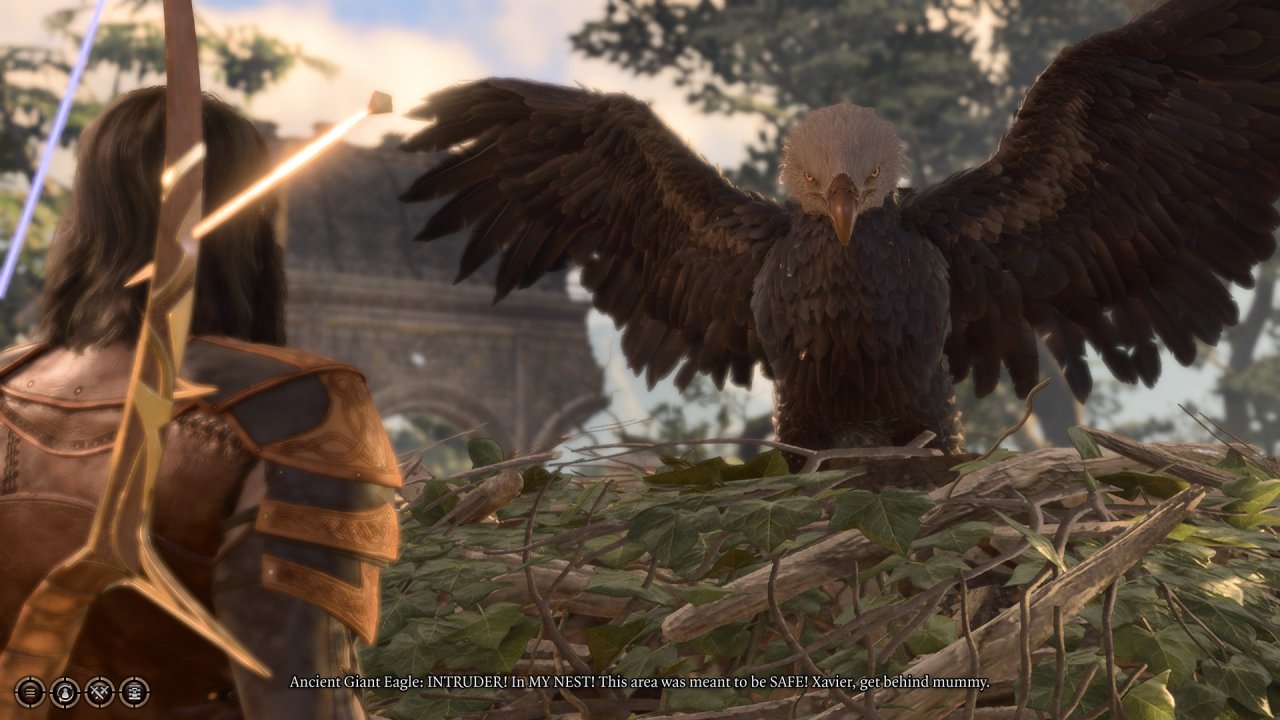
But are there any flaws in this game that is shaping up to be an undisputed triumph? The answer is yes. Obviously it's up to everyone's priorities whether this will affect their final judgement of the game or not, and in the future it might be corrected through the ongoing support and patch release by the devs, but the fact is that Act 3 and partly the whole endgame sequence is quite unpolished from a technical point of view (and partly from a content point of view) compared to the literally flawless Acts 1 and 2. As soon as we enter Act 3 there is a noticeable framedrop that is not present at any other point in the game, which largely continues until the end, and there are also the occasional bugs and glitches in quests, dialogue, how certain scenes are triggered or how the world reacts to the player's choices. For example, if we move on to the 5th and final leg of a quest, when we talk to one of our companion NPCs the conversation might take place as if we were still on leg 2-3 of the same quest without acknowledging the intervening events. Obviously this is a fairly minor thing, but when judging "perfection" we have to point out the slightest flaws.
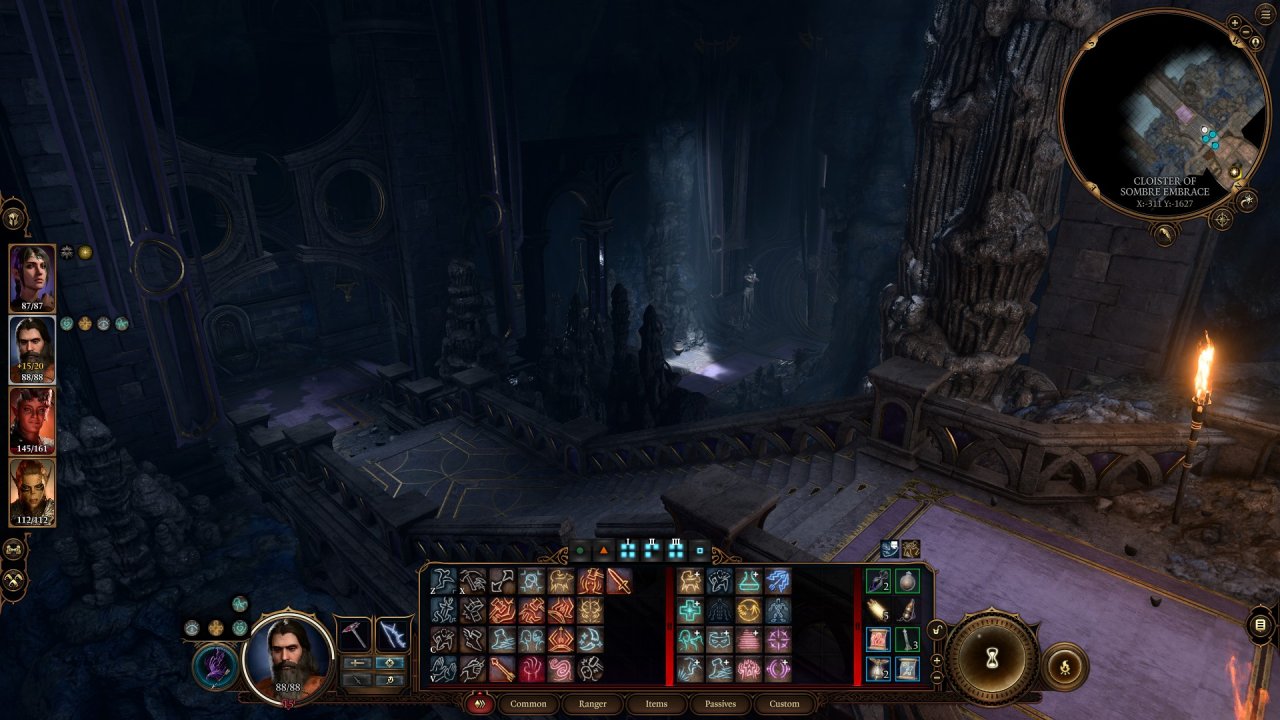
In the same vein, one might find the whole endgame sequence slightly underwhelming mainly in terms of the options offered in it, given that, without spoilers, despite the myriad of options available throughout the game, once we enter the endgame the options presented to us towards the plot climax and game ending are essentially... 3 (with 2 of them being essentially branches of the same path, taking place in the same locations), plus an almost "meme ending" presented as early as Act 2. There was something written about "17,000 different ending conditions" before the game's release, but this ends up mainly affecting the final fate of companion NPCs depending on how we completed their personal questlines or not, and whether an NPC at the end will say the "A" 2-second line or the "B" one depending on our actions during the game. As for the adventure finale itself, if we cut out all the "fat" and keep the essence of the ending itself, there are three endings available, and they consist mostly of fairly short (and in many cases identical between different endings) cutscenes.
It's fine, of course, that the action gets more focused as the plot builds up, and it's certainly something to be expected in an adventure, whether we're talking about a PC game or a DnD session. And it's not to say that the first BG game had infinite choices in their finale either. But Throne of Bhaal for example had at least some ending slides for our characters and how they ended up after the events of the game, whereas in BG3 we don't get anything like that, neither for the characters nor for the locations we visited or the factions we interacted with. The 2 "good" ending branches are followed by some super short dialogue with some of the companion NPCs (not even all of them) plus the protagonist's love interest, and that's it.
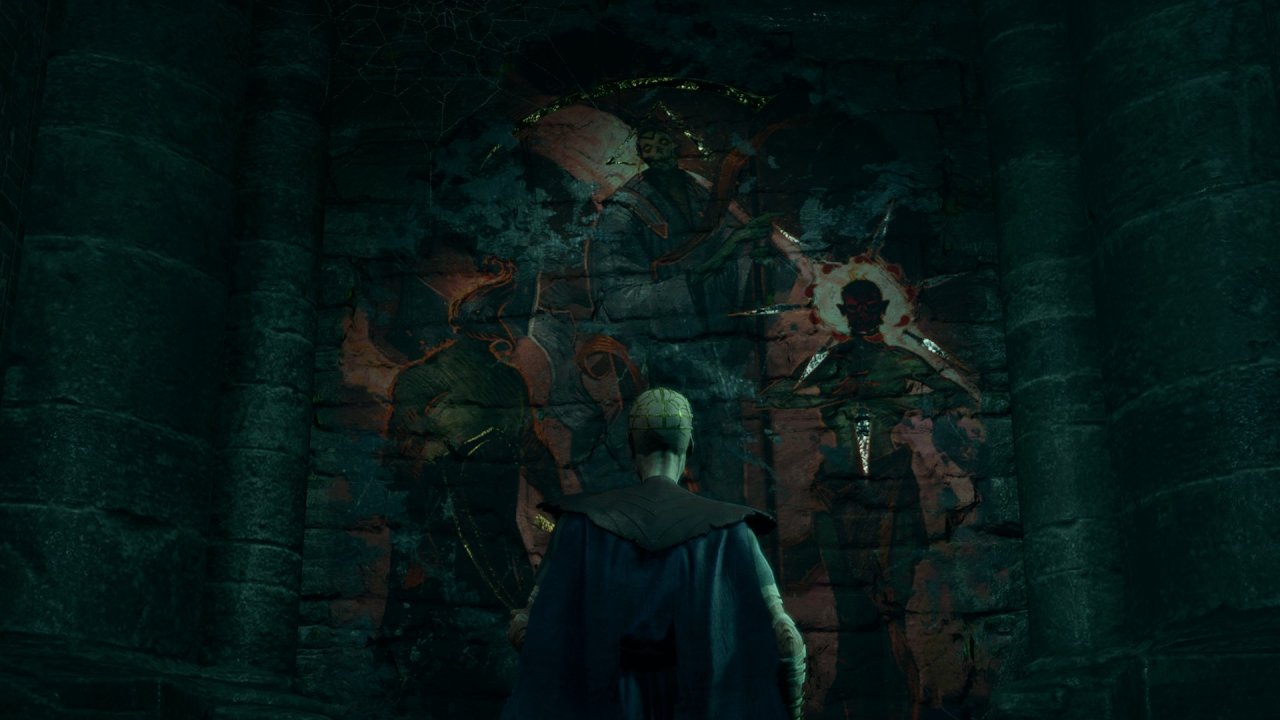
Again, the above is perhaps insignificant compared to the overall greatness that is Baldur's Gate 3, but it should be pointed out nonetheless. And the fact is that in this case it's the journey that matters more than the destination - and this particular journey is simply INCREDIBLE. It may, as mentioned above, be a substantially different game compared to the previous ones, but as an overall experience BG3 succeeds in perhaps the most important goal of all: to make us feel like those "carefree youngsters without worries, jobs, taxes, bills, children, divorces and family disputes over the boundaries of their crops fields" again, 22 years later, and to make us put repeated 20-hour sessions into the game without caring for the worries of real life around us. And that as an achievement in itself deserves all the praise in the world.
RATING - 96%
96%
CRITICAL SUCCESS
Baldur's Gate 3 is the best DnD RPG we've ever seen on our screens, and a triumph of RPG design that will surely set new standards for the genre as a whole.

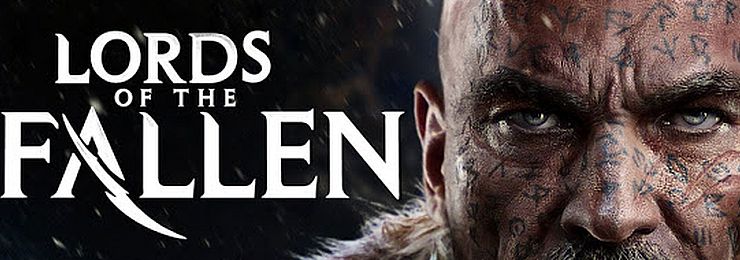
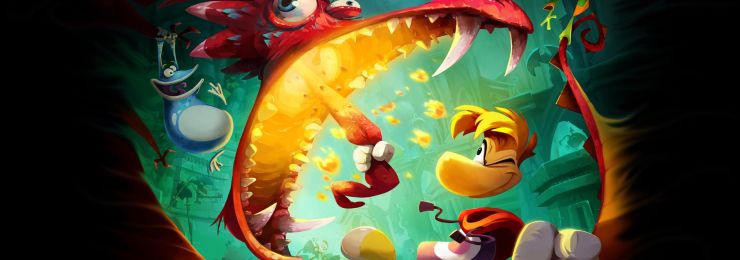
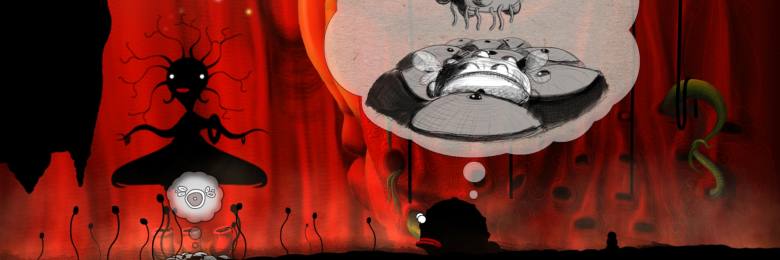
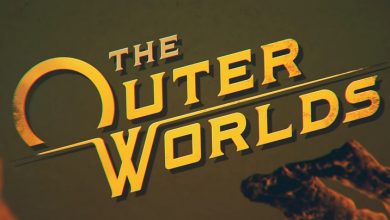


data-trpgettextoriginal=33 comments